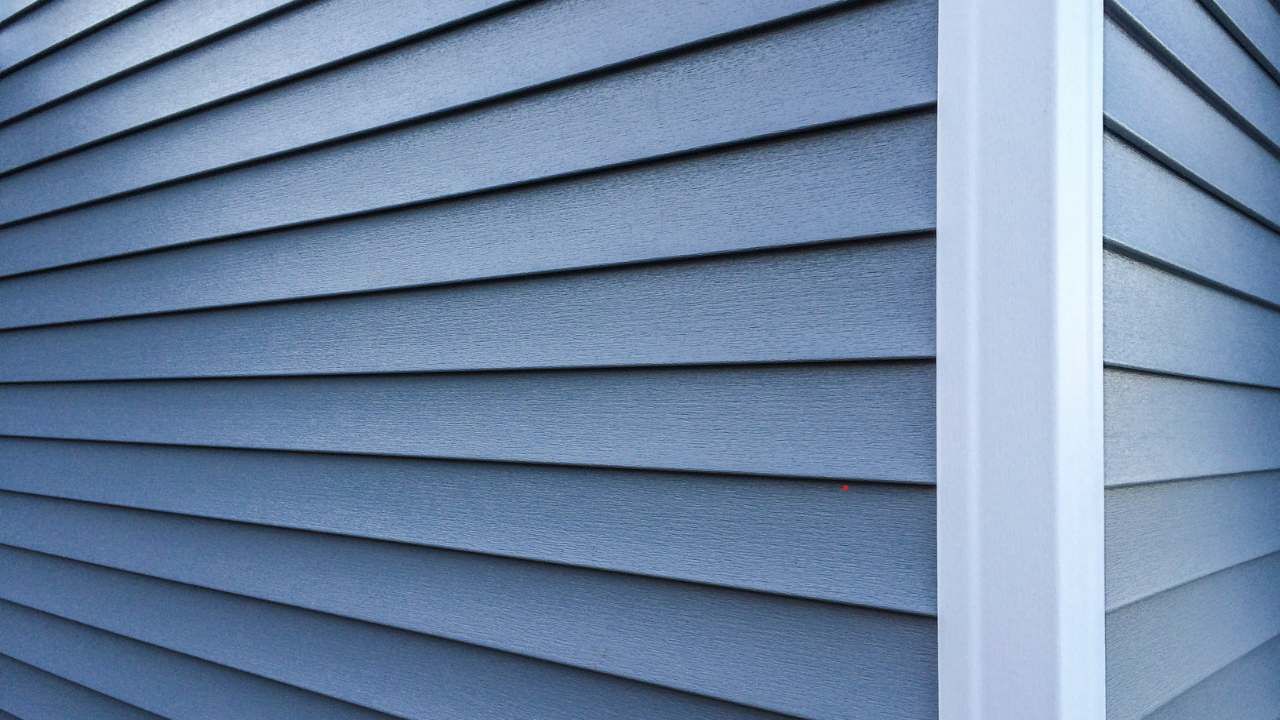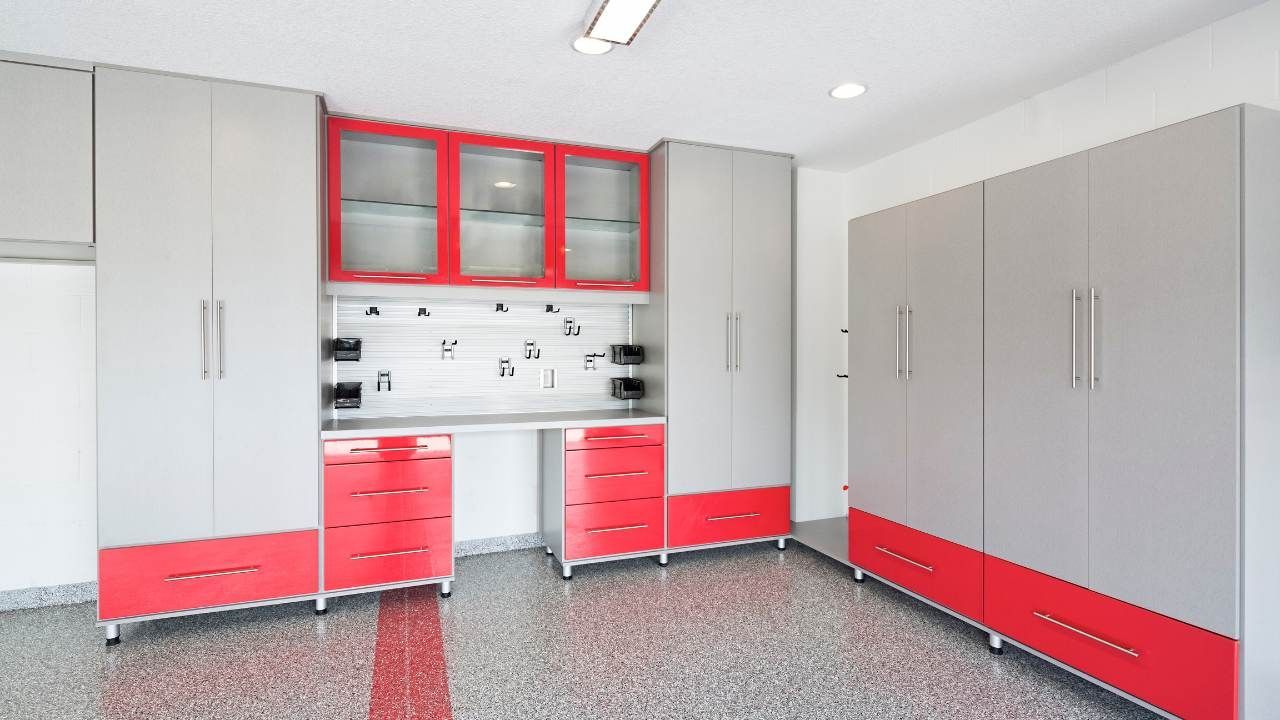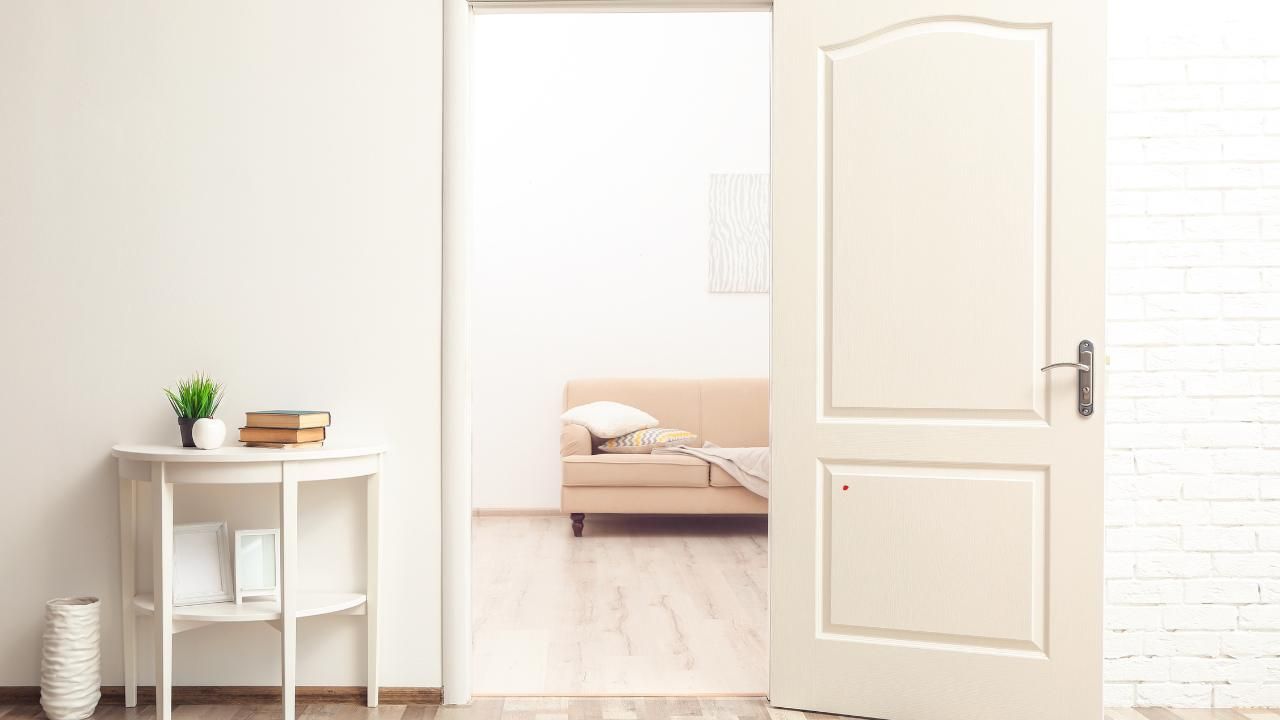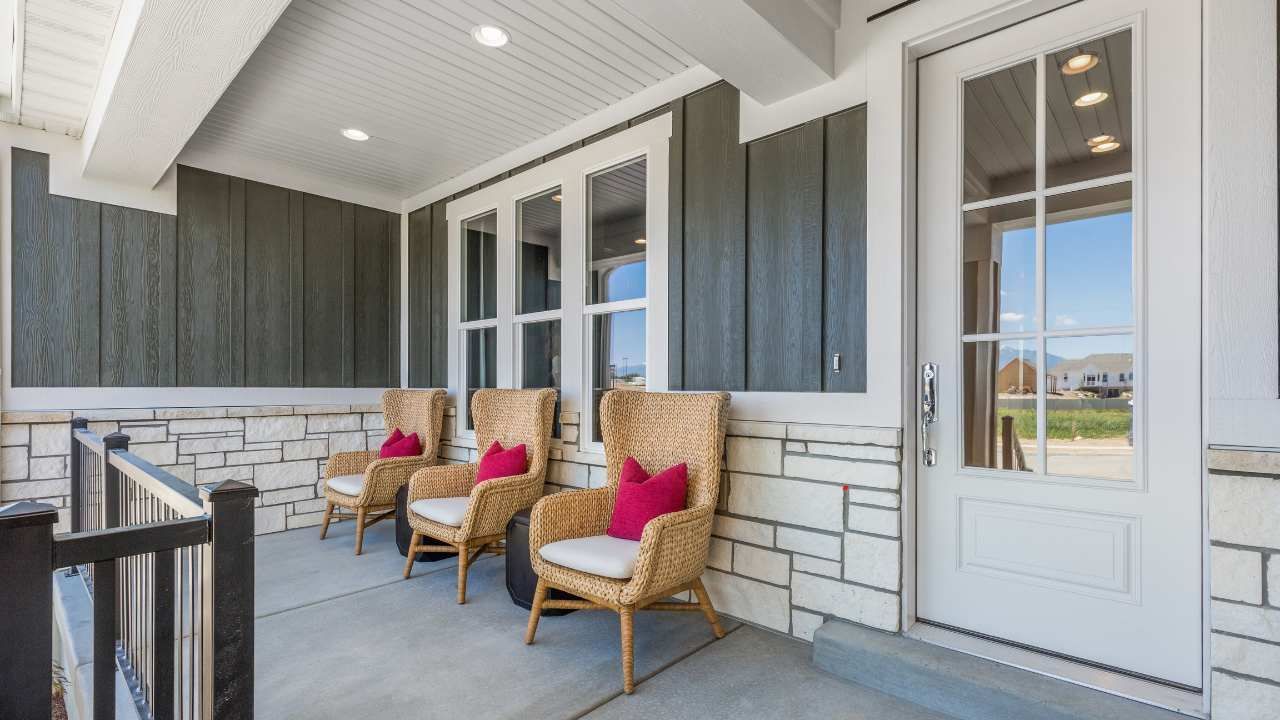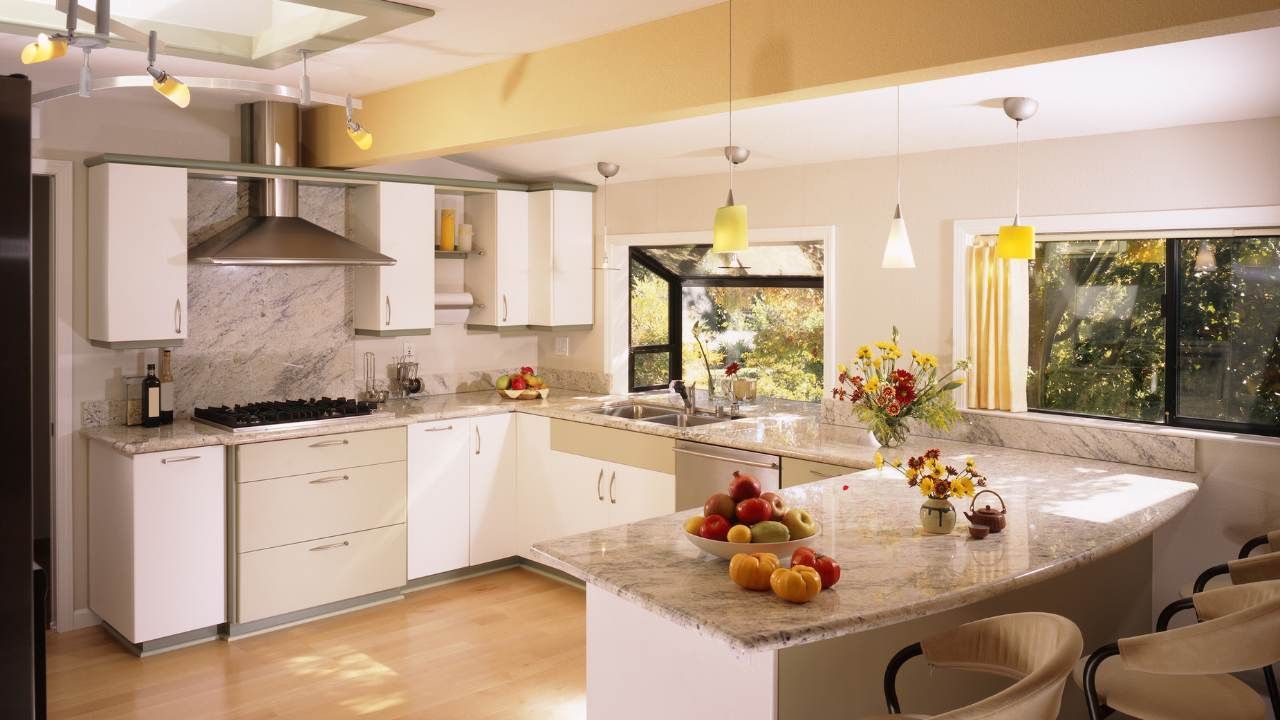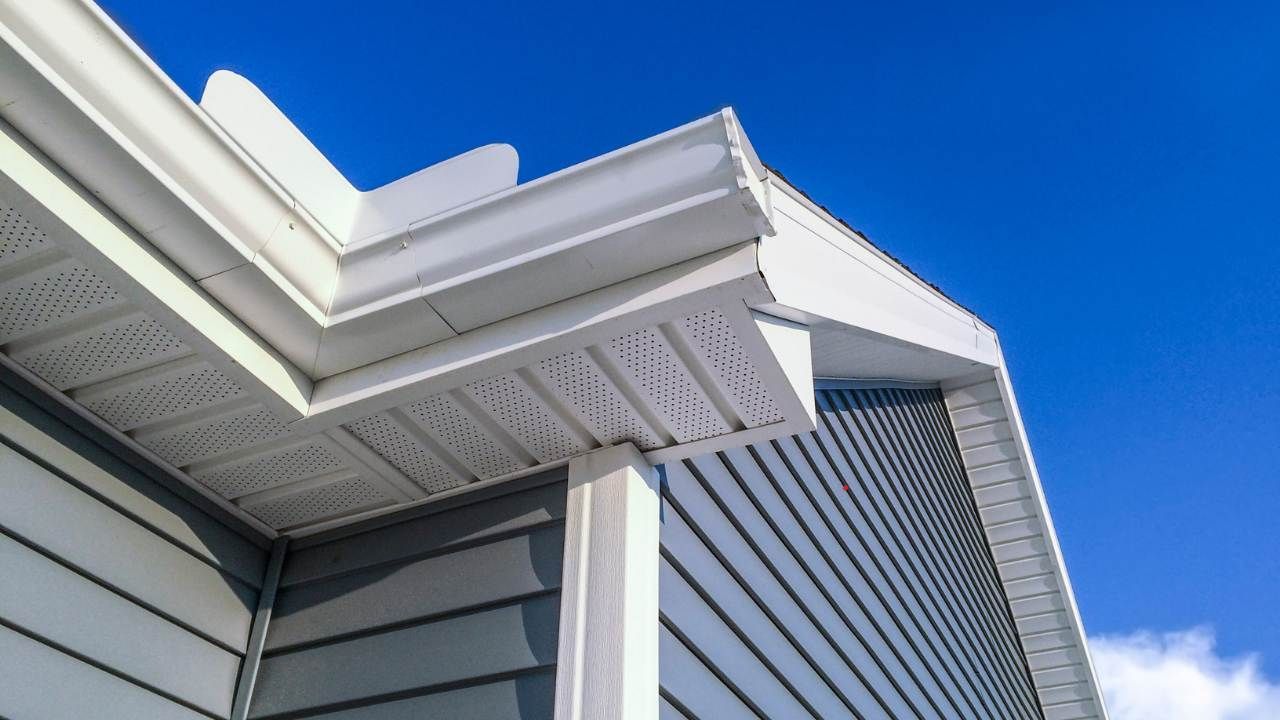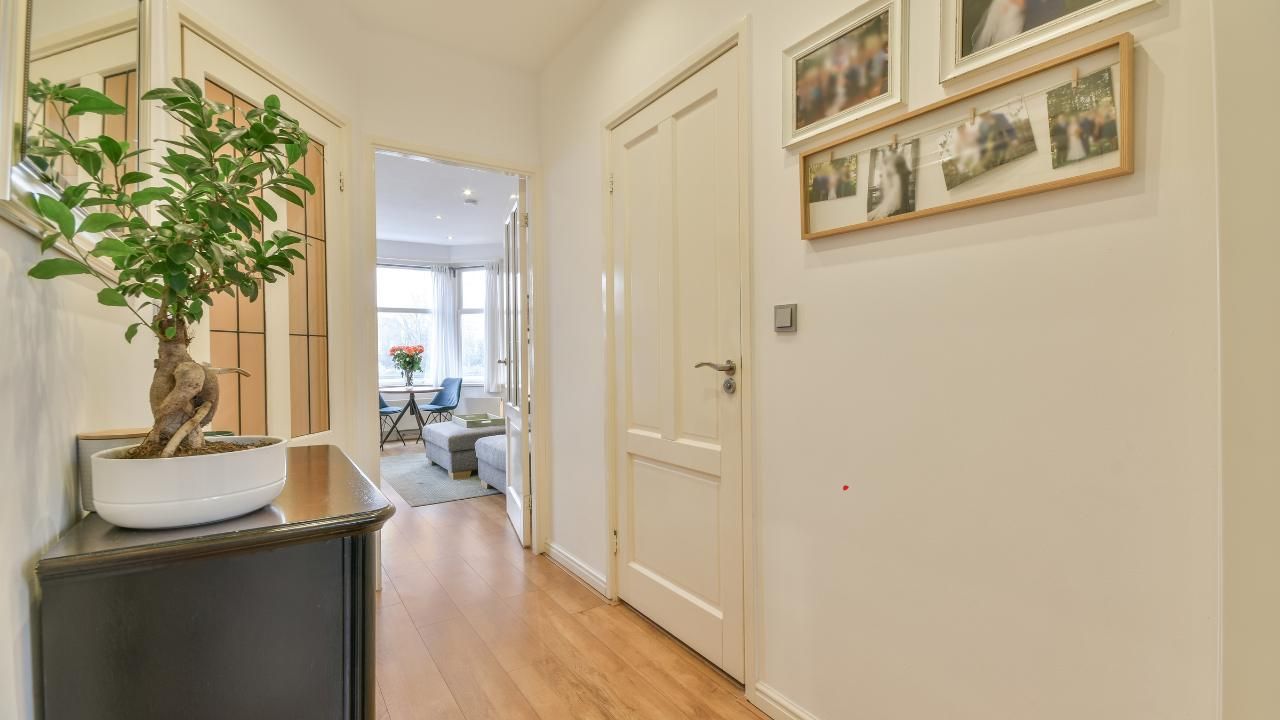Reviving Your Home's Exterior with Quality Residential Painting
Transform Your Home with the Experts

Your home's exterior is the first thing that greets you and your guests, setting the tone for what lies inside. Over time, the elements, pollution, and the wear and tear of daily life can take a toll on your home's exterior paint, making it look dull and tired. Fortunately, there's a solution: residential painting. A fresh coat of paint can transform your home's appearance, boost its curb appeal, and protect it from the elements. In this thorough read, we'll explore the benefits of quality residential painting, the process involved, and tips for achieving stunning results.
The Importance of Exterior Painting
Before we dive into the details of residential painting, let's understand why it's so crucial for your home's exterior.
Curb Appeal and First Impressions
Your home's exterior is the first thing people see when they approach your property. A well-maintained and freshly painted exterior creates a positive first impression and adds to your home's curb appeal. Whether you're planning to sell your home or simply want to enjoy a more attractive facade, exterior painting can make a significant difference.
Protection Against the Elements
Your home's exterior is constantly exposed to the elements, including rain, wind, sun, and snow. Quality paint acts as a protective barrier, shielding your home from moisture, UV rays, and temperature fluctuations. This protection helps prevent structural damage and extends the life of your siding. When it's time for a refresh, professional painting services can ensure your home remains well-protected and looking its best.
Enhanced Durability
Exterior paint is formulated to withstand the challenges of outdoor exposure. It can resist peeling, cracking, and fading, ensuring that your home looks fresh and well-maintained for years to come.
Increased Home Value
Investing in quality exterior painting can significantly increase the value of your home. When potential buyers see a well-painted exterior, they're more likely to perceive your property as well-maintained and desirable, potentially leading to a higher resale value.
Cost Savings
Regular maintenance, including painting, can help identify and address any underlying issues early on, saving you from costly repairs down the road. Preventing moisture infiltration, for example, can prevent rot and mold growth, which can be expensive to remediate.
Signs It's Time for Exterior Painting
Now that you understand the importance of exterior painting, how do you know when it's time to give your home a fresh coat? Here are some signs to watch for:
- Peeling or Cracking Paint: If you notice peeling, cracking, or blistering paint on your home's exterior, it's a clear indication that the protective barrier is compromised. These areas are vulnerable to moisture infiltration and should be addressed promptly.
- Fading or Discoloration: Sunlight can cause paint to fade over time, leading to a dull and uneven appearance. Faded paint not only looks unattractive but also offers less protection against UV rays.
- Mold or Mildew Growth: Areas with consistent moisture exposure, such as shaded walls, can become breeding grounds for mold and mildew. Painting over these growths without addressing the underlying issue can lead to recurring problems.
- Chalky Residue: Rubbing your hand against your home's exterior and finding a chalky residue on your fingers is a sign of deteriorating paint. This chalkiness indicates that the paint is breaking down and losing its protective qualities.
- Wood Damage: If you have wooden siding, regularly check for signs of rot, warping, or splintering. These issues can be exacerbated by paint that is no longer providing proper protection.
- Stains and Discoloration: Stains from water, rust, or other contaminants can detract from your home's appearance. Quality exterior paint can cover these stains and provide a fresh, uniform look.
- The Residential Painting Process: Residential painting involves several essential steps to achieve a professional and long-lasting finish. Whether you plan to tackle the project yourself or hire a professional painting contractor, understanding the process is crucial.
- Inspection and Preparation: Before any painting begins, a thorough inspection of the exterior is necessary. This inspection helps identify any issues that need addressing, such as peeling paint, cracks, or areas of wood rot. It's essential to address these issues before painting to ensure a smooth and durable finish.
- Power Washing: Power washing is often the first step in preparing your home's exterior for paint. It removes dirt, mildew, and loose paint, providing a clean surface for the new paint to adhere to. Proper power washing also helps reveal any hidden issues that may require repair.
- Surface Repairs: Repair any damaged or deteriorated areas. This may include replacing rotted wood, filling in cracks, or patching holes. Surface repairs are crucial for achieving a uniform and long-lasting paint finish.
- Scraping and Sanding: Scrape and sand any remaining loose or peeling paint. Creating a smooth surface ensures that the new paint adheres correctly and looks even.
- Selecting the Right Paint: Selecting the right paint is a critical decision in the residential painting process. Consider factors such as the type of siding material, local climate, and your desired aesthetic. High-quality exterior paint provides better durability and longevity.
Paint Types
There are several types of exterior paint to choose from, including:
- Latex Paint: This water-based paint is versatile and easy to clean up. It's an excellent choice for most exterior surfaces.
- Oil-Based Paint: Oil-based paint provides exceptional durability and adhesion but requires proper ventilation during application.
- Acrylic Paint: Acrylic paint combines the best qualities of latex and oil-based paints. It's durable, easy to clean, and has excellent color retention.
Paint Finishes
Exterior paints come in various finishes, including:
- Flat Finish:
Provides a matte appearance and is excellent for concealing imperfections.
- Satin Finish: Offers a soft, pearl-like sheen that's easy to clean and works well for siding.
- Semi-Gloss Finish: Provides a subtle shine and is often used for trim and accents.
- Gloss Finish: Offers a high sheen and is ideal for doors, shutters, and other high-impact areas.
Priming
In some cases, priming may be necessary before applying the topcoat. Priming helps with adhesion, especially when painting over bare wood or surfaces that have been repaired.
Painting
Once the surface is properly prepared, it's time to start painting. Follow these steps for a successful paint job:
- Cut-In: Begin by cutting in or edging along the trim, corners, and edges of the surface using a paintbrush. This creates a clean and precise border for the main coat.
- Main Coat: Apply the main coat using a paint roller or sprayer for larger areas. Work from the top down, overlapping each stroke slightly to ensure even coverage.
- Drying Time: Allow the paint to dry according to the manufacturer's instructions before applying additional coats. Typically, this takes a few hours, but drying times may vary based on weather conditions.
- Applying Additional Coats: In most cases, a single coat of paint is not sufficient for a lasting finish. Multiple coats may be required to achieve the desired color and coverage. Follow the same application process for each additional coat.
- Cleanup and Final Inspection: After completing the painting process, it's essential to clean up the workspace and inspect the finished product. Check for any missed spots, streaks, or uneven areas and touch up as needed.
Tips for a Successful Residential Painting Project
Whether you decide to hire a professional painting contractor or take on the project yourself, consider these tips for a successful residential painting project:
- Proper Preparation: Invest ample time in the preparation phase, including power washing, surface repairs, and priming. A well-prepared surface ensures better adhesion and a more durable finish.
- Quality Materials: Choose high-quality paint and materials. While it may be tempting to cut costs, using inferior products can result in premature paint failure and additional expenses down the line.
- Weather Considerations: Pay attention to weather conditions when planning your painting project. Avoid painting during extreme heat, cold, or rain, as these conditions can affect the paint's performance.
- Safety First: If you choose to tackle the project yourself, prioritize safety. Use appropriate safety equipment, such as goggles, gloves, and a respirator when working with paint and chemicals. Additionally, use ladders and scaffolding safely to prevent accidents.
- Hire a Professional: Consider hiring a professional painting contractor if you lack the time, expertise, or equipment for a large-scale residential painting project. Professionals can ensure a high-quality finish and save you time and effort.
- Color Selection: Take your time choosing the right paint color. Test samples on a small area of your home to see how they look in different lighting conditions before making a final decision.
- Proper Maintenance: After completing your residential painting project, regularly inspect your home's exterior for signs of wear or damage. Promptly address any issues to maintain the paint's protective qualities.
Reviving your home's exterior with quality residential painting is a rewarding endeavor that can enhance curb appeal, protect your investment, and breathe new life into your property. Whether you're preparing to sell your home or simply want to enjoy a fresh and attractive facade, a well-executed painting project can achieve these goals. By following proper preparation, choosing the right materials, and considering key factors such as weather and safety, you can ensure a successful and long-lasting result. Whether you decide to take on the project yourself or hire a professional painting contractor, the transformative impact of quality residential painting is well worth the effort. Contact us today to get started!


